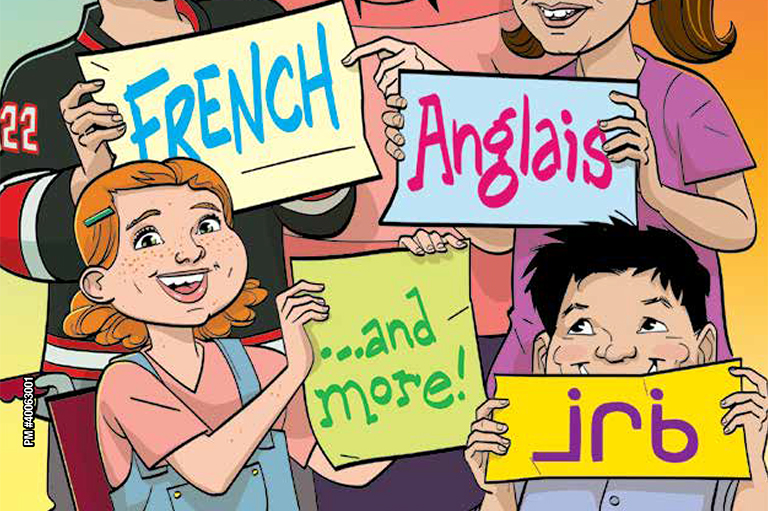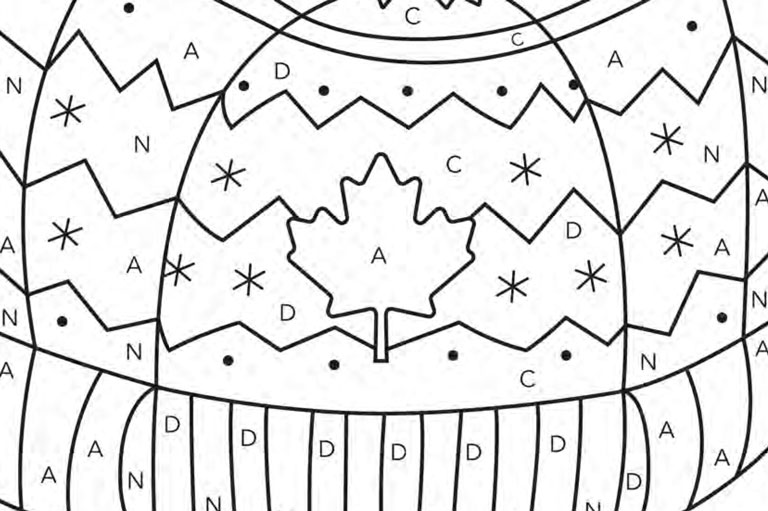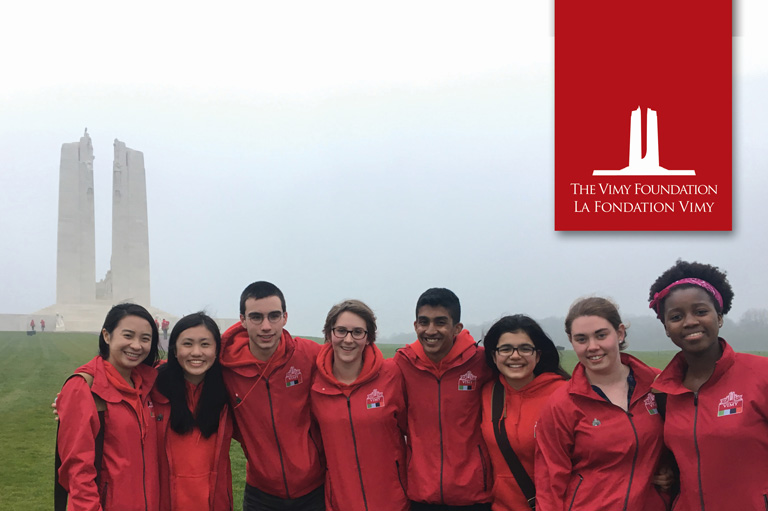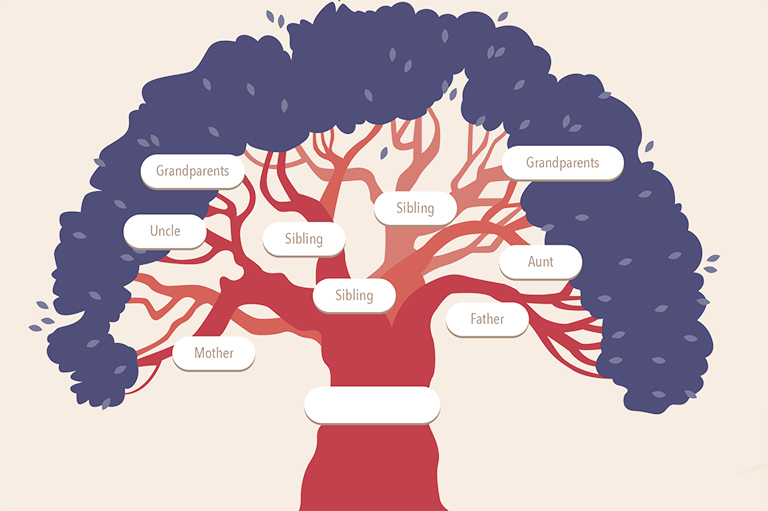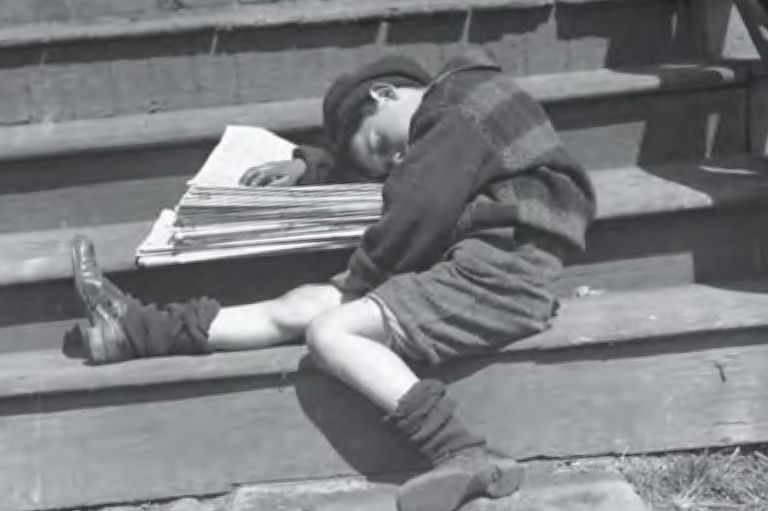Determining Significance in Canada’s Bilingual Story
This activity is inspired by the article “French and Anglais” in the December 2019 issue of Kayak: Canada’s History Magazine for Kids.
As explained in Kayak, our two official languages have been around for a long time, but the story of bilingualism in Canada hasn’t always been an easy one. This activity introduces students to a range of people, events, and developments in Canada’s journey to official bilingualism. Through ranking these moments in terms of importance, students will explore both how historical significance is established and how it varies.
All historians use criteria to determine what is worthwhile to study or research; in other words, all historians must decide what is historically significant. According to The Big Six, significant events are those that resulted in change (that have deep consequences for many people over a long period) or are revealing (that shed light on enduring or emerging issues in history or contemporary life). It is also important to remember that significance depends on one’s perspective and will change over time.
To learn more about the six historical thinking concepts, check out the Historical Thinking Project or consider attending the Historical Thinking Institute.
Activity
1. Individually or as a class, read the article “French and Anglais” in the December 2019 issue of Kayak.
2. Divide students into small groups and hand out this worksheet. Ask them to list the events, people, or developments from the article that they think are significant in the story of bilingualism in Canada.
Provide them with an example for each category.
- Event: The passing of the British North America Act
- People: André Laurendeau and Davidson Dunton
- Development: French immersion
3. Ask students to choose six of these events, people, or developments and rank them from most to least significant and explain their reasoning.
4. Ask students to discuss in their small groups what criteria they used to complete their rankings.
5. Meanwhile, write each groups’ rankings on the board, so that the entire class can see.
6. Bring the entire class together for a discussion and reflection. Ask students to review the rankings completed by the other groups and lead a discussion through the following questions:
- How is your ranking similar or different from other students?
- What do you notice is the same about your rankings? What is different?
- What might explain these differences?
- What criteria did other groups use to create their rankings?
- How do you think students would create their rankings if they were from a different province? If their first language was French? If they spoke a language other than French or English?
- How do you think students in 1969 would create their rankings? In 1977? What about in another 50 years from now?
- If two students read the same article, will they leave with the same understanding of the story?
- What can you conclude from this exercise about the nature of history?
7. Conclude the activity by summarizing the class discussion and reviewing what the students should now know about the historical thinking concept of historical significance. Explain to students that events, people, or developments have historical significance if they resulted in change and/or if they are revealing. Remind them that historical significance can also vary over time and from group to group.
Themes associated with this article
Advertisement

